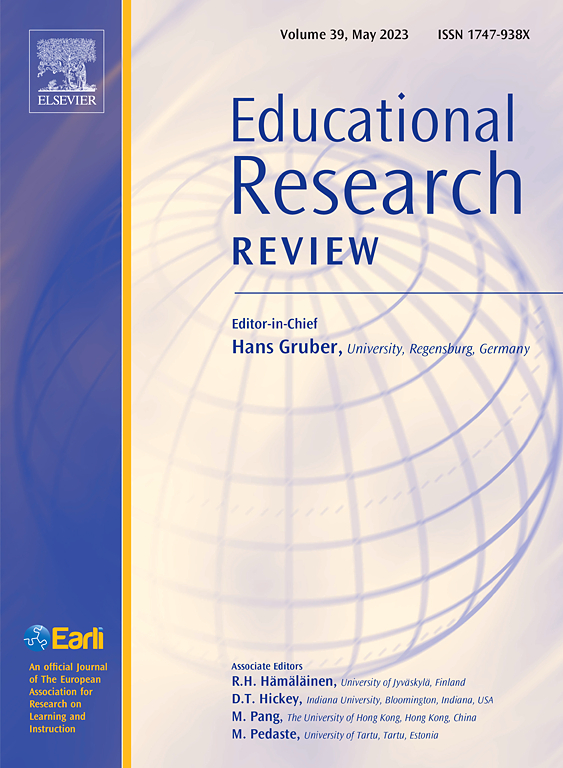Two decades of research on children's creativity development during primary education in relation to task characteristics
Abstract
This systematic literature review aimed to gain more insight into research on the development of children's creativity in primary education in relation to different task characteristics. The review introduces a taxonomy to map creativity tasks. The taxonomy is based on a broad conceptualization of creativity, and differentiates between open- and close-ended, and integrating and fragmenting creativity tasks. Besides using the taxonomy, we also analyzed tasks in terms of the used domains of the stimulus and response of the tasks. A total of 52 studies published in the last 20 years were systematically analyzed with a combination of descriptive analyses and meta-analyses. The body of research demonstrated a varied picture concerning the measurement of creativity and its subdimensions. Open-ended integrating and open-ended fragmenting tasks were frequently used. The results showed a general increase in creativity across primary education. Less pronounced developmental patterns were found for the originality subdimension (open-ended fragmenting taxonomy quadrant), and for general creativity and some subdimensions when tasks with a combination of figural and verbal responses were used. The taxonomy of creativity tasks, introduced in this review, can be useful for both clarifying discussions in the creativity research discourse and designing creativity activities for educational practice.

 求助内容:
求助内容: 应助结果提醒方式:
应助结果提醒方式:


